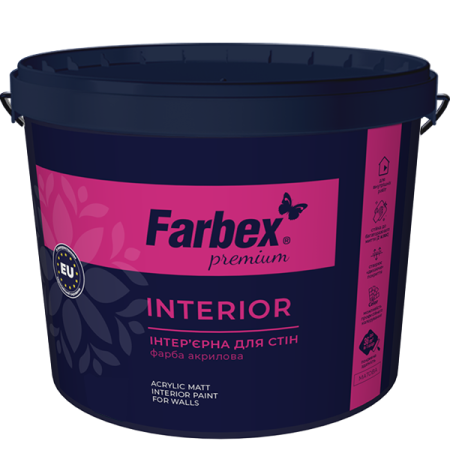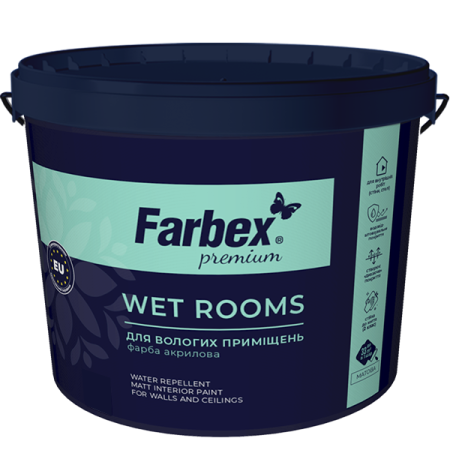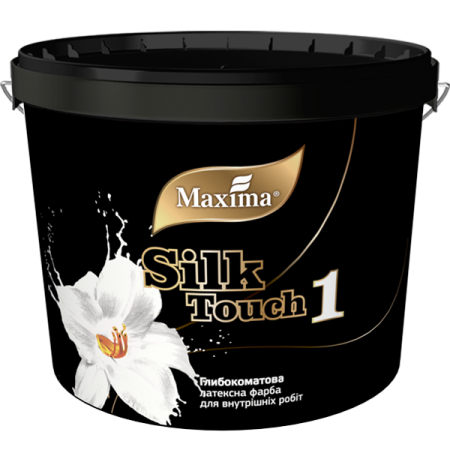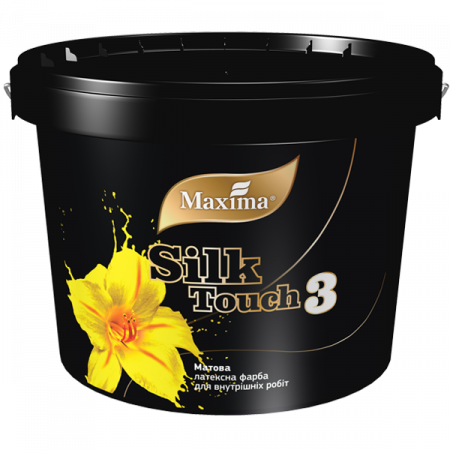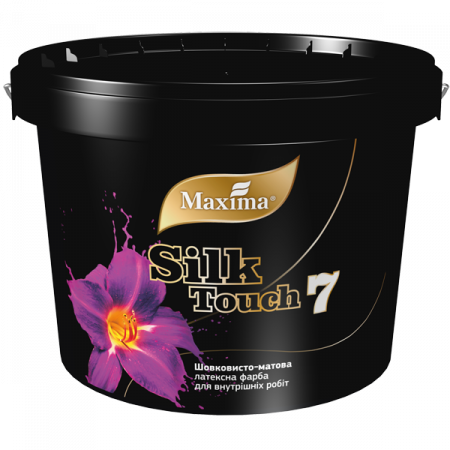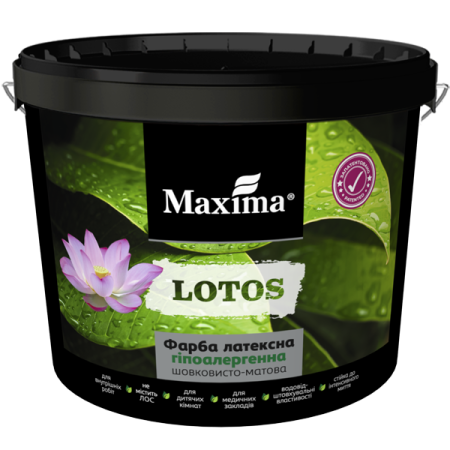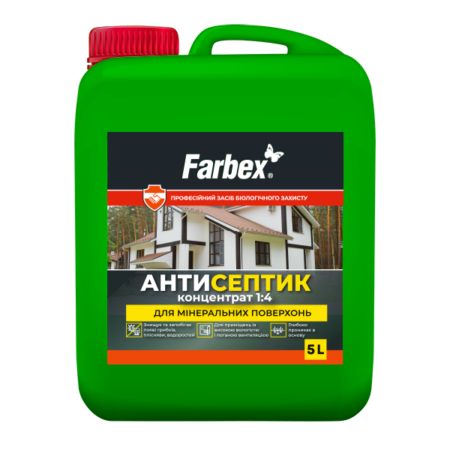How to paint old wallpapers
If before painting the walls are thoroughly plastered and polished until you have an ideal surface, then you can easier and quicker prepare the walls for wallpapering. The texture of the wallpapers removes imperfections on the surface. Modern wallpapers are easy to apply and offer a wide choice of textures and patterns. If you look after them correctly, the wallpapers keep their original look and cause no trouble if you want to change them. If the wallpapers have already lost their esthetic look or their design doesn’t combine with your style, you can’t replace them but paint. You can hide with the paint insignificant defects and seams between sheets of the wallpaper. Such a coating is more resistant to fading and abrasion. Wallpaper painting is the simplest decision for those, who dream of easily and quickly renewing their interiors without starting exhausting renovation.
What wallpapers can be painted
Wallpapers remain a popular choice in interior design because they are practical and universal. If you decide to change the color of your walls in the future, you’d better consider choosing wallpapers, which can be painted at the moment you collect the materials.
The material of wallpapers can be paper, non-woven fabric, or fiberglass but with one condition: they are intended to be painted. This is an important condition because the paint can wet the usual wallpapers.
Paper wallpapers for painting is an ecological and budget option for wall decorations. They consist of 2 layers of paper impregnated with a special water-repellent solution. You can easily work with paper wallpapers. They are one of the most affordable options among wallpapers for painting. But you should remember that paper wallpapers can overcome only several cycles of coating after that they can start ruining.
Compared with other wallpapers (for example non-woven or fiberglass), paper wallpapers are less resistant to mechanical impact and can be easily damaged during application or painting.
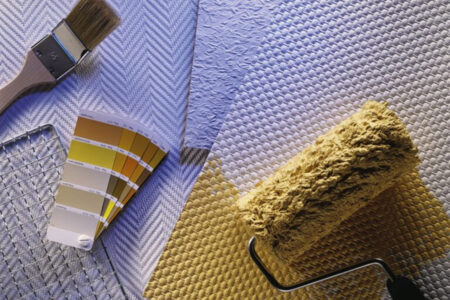
Features of vinyl, non-woven and fiberglass wallpaper painting
Non-woven wallpapers are durable and easy to care material. The texture of non-woven sheet perfectly absorbs a paint and keeps high quality of the coating for years. Non-woven wallpapers can resist mechanical damages and effectively hide defects and irregularities of the walls.
After you apply paint to fiberglass wallpapers, they become water-repellent, which allows them to be used in premises with high humidity. Due to the fiberglass base, these wallpapers are highly durable and can withstand several coats of paint.
Vinyl wallpapers, as well as non-woven wallpapers, can be coated several times. Due to vinyl coating, these wallpapers are perfect for the premises with high humidity, like bathrooms or kitchens. They are water-repellent and can be easily cleaned from all contaminations. Vinyl wallpapers, that can be coated, are manufactured with various textured patterns. It provides the walls volume and allows creating various decorative effects after coating.
Fiberglass wallpapers are an especially kind of wallpapers, as it is manufactured from fiberglass by weaving. The material is manufactured from natural components, like quartz sand, soda, clay and limestone. Fiberglass wallpapers are valuable for their durability, flame resistance and eco-friendly nature. Due to their traits, these wallpapers serve dozens of years without losing their properties and appearance even after repeated painting (10-12 times). They can hide cracks on the walls and prevent their further progress.
Which paints are good for wallpaper painting
If you want to decide what paint to use, consider the type of wallpapers and the peculiarities of the premise. For example, it is wise to use eco-friendly paints resistant to abrasion and repeated washing for baby rooms. You should choose paints, which resist high humidity and constant temperature fluctuation. Matt and glossy paints have various light reflective coefficients. Choose matt coatings for surfaces with defects and well-lighted premises. The premises lacking light demand glossy coatings, because they reflect light better and visually enlarge premises. Use acrylic or latex water-based paints for wallpapers.
Acrylic paints for wallpaper painting
Acrylic paints are used to coat the majority of wallpapers, including paper, vinyl and non-woven fabric. People choose them because they are durable and vapor permeable. These coatings don’t prevent the wall “breathing” but they are not afraid of vapor, moisture, wet cleaning.
Acrylic paint “Interior” TM Farbex is characterized by a high coverage rate. It is easy to apply, doesn’t make runs and doesn’t splash during application. It is highly resistant to mechanical damage and abrasion. These entire make the paint ideal for the most often visited premises with exploitation loading. The paint is washable and it allows keeping the walls clean without damaging them.
Acrylic paint “Wet Rooms” TM Farbex is specially designed for coating in wet premises. Due to its water resistant features, it is an ideal solution for coating in bathrooms, kitchens and other premises. Acrylic paint lets the wall “breathing” and prevents fungi or mould formation under wallpapers.
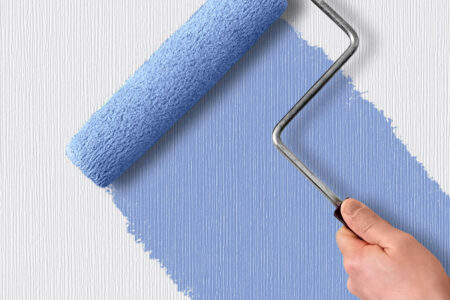
Latex paints for wallpaper painting
Latex paints are easily washable, that’s why wallpapers coated with latex paint can resist repeated cleaning, which makes it ideal for kitchens, bathrooms, baby rooms and other premises.
Latex paints are more elastic than acrylic paints, and they are ideal for coating non-woven fabric and vinyl wallpapers and also on the surfaces, which can slightly change their shapes.
Latex paints are highly resistant to mechanical impacts, which makes them suitable for the premises with high exploitation level.
The assortment of latex paints is represented with following articles:
- dead matt latex paint Silk Touch 1 TM Maxima
- matt latex paint Silk Touch 3 TM Maxima
- silky-matt latex paint Silk Touch 7 TM Maxima
- ecologically friendly latex paint LOTOS TM Maxima
Latex paint TM Maxima is resistant to repeated washing (1 class), demonstrates high adhesion to all types of wallpapers (paper, vinyl, non-woven fabric, fiberglass). The paint has not strong odor and dries within an hour.
Paint LOTOS TM Maxima is eco-friendly product, which contains no harmful substances, so it is completely safe to use in living premises including baby rooms. Coated walls become water repellent because the product contains wax.
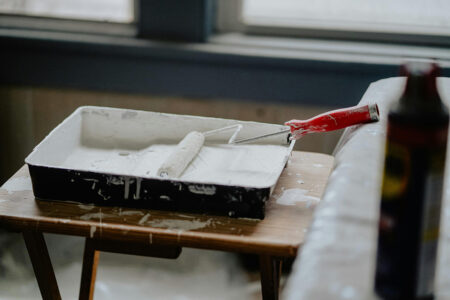
How to prepare for wallpaper painting
Determine the type of the wallpapers, which you are going to coat. It affects if the preparation will be successful. For example, vinyl or non-woven fabric wallpapers can be coated without any problem, meanwhile for the paper wallpapers it is smart to coat them if they look good (without scratches and damaged areas).
Mop the wallpapers with wet cloth or a sponge to remove dust, spider web and other contaminations. If the surface has grease stains, you shall remove them with detergents. Check the corners between ceiling and walls if there is any mould. Infected areas shall be cleaned from fungi and mould and treat with antiseptic for mineral surfaces TM Farbex.
If you paint the wallpapers, which were set not long ago, it is important to wait until the adhesive dries completely. Otherwise, the paint will spread not evenly showing stains where the glue is not dry completely. If the wallpapers are old, the surface shall be prepared with special attention.
If the wallpaper peels from the wall, especially at the joints and corners, fix it with the adhesive intended for this type of wallpaper. Add the adhesive carefully under the wallpaper and remove the adhesive rests from the surface.
Protect plinths, window frames, electric sockets and other elements of walls with masking tape and polyethylene film or paper before coating.
If you are unsure how the paint will look on wallpapers, do a trial coating. Cut off a small stripe of the wallpaper and evenly apply some paint on it.
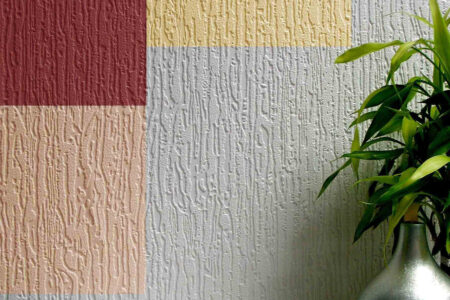
How to paint wallpapers
Stir thoroughly the paint before start to provide even color and constitution. First of all coat the areas, which are hart to be reached with a roller, like plinths, corner eaves. Use a brush.
Start coating the walls form the central part. Deep a roller in the paint and remove extra paint from it using ribbed part of the cuvette. Apply the paint with vertical movements vertically. Apply the paint with evenly on the whole area. Use the roller with short or medium nap for homogeneous application. Use the roller with long nap if the wallpapers are textured.
Let the first coat dry during the recommended period (usually about 2 hours) before you apply the next coat. Make sure, that the paint is completely dry to avoid the imperfection on the surface.
Apply the second coat of the paint in the same way as the first one to have saturated color and homogeneous coating.
When you finish work but before the paint is fully dry remove carefully the masking tape. It prevents damaged edges.
When you finish coating and the wallpapers become dry, the walls in your premises will have a new look, which will serve you for a long period, if you follow all directions concerning preparation of the surface and coating.
Read more
19.08.2024
